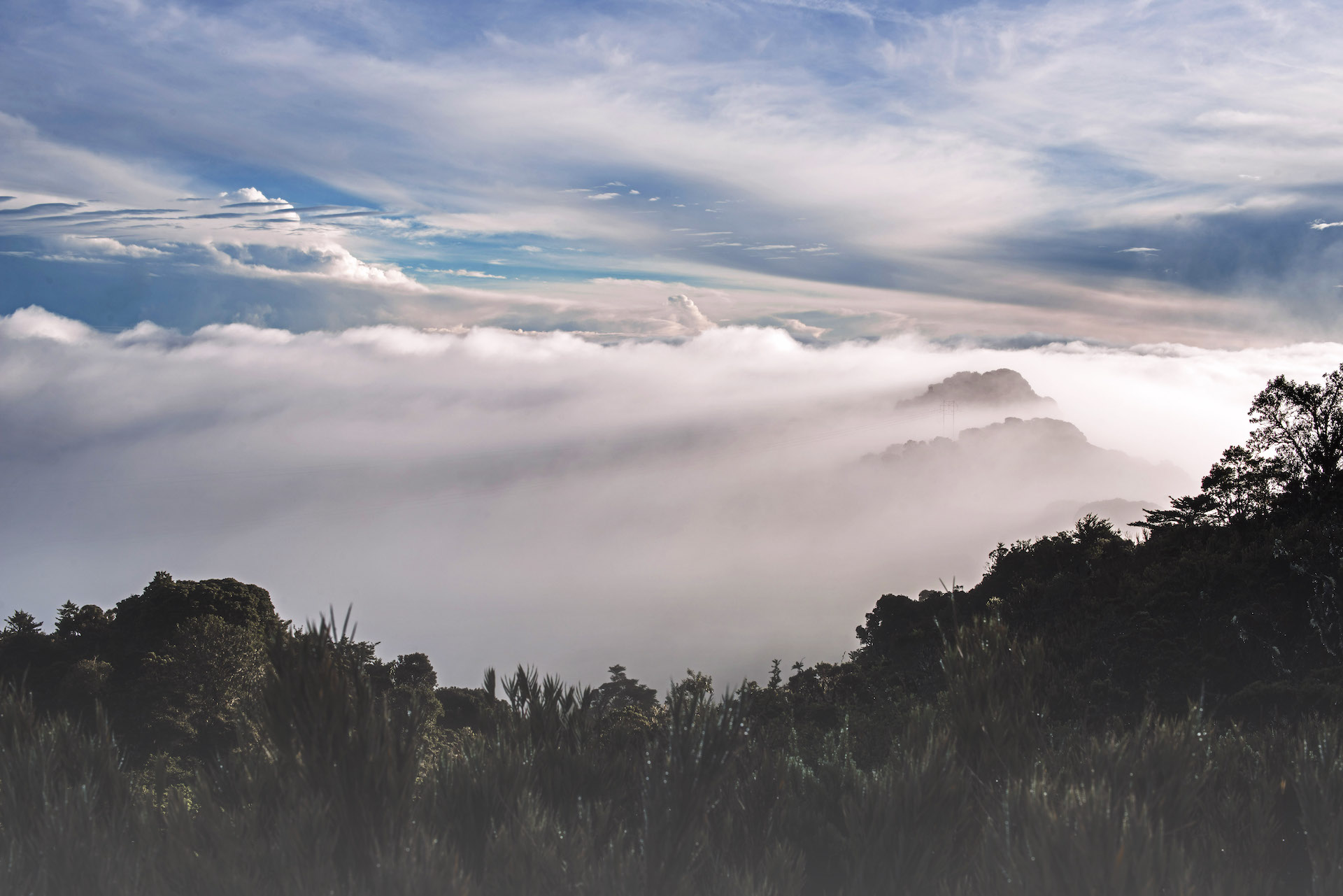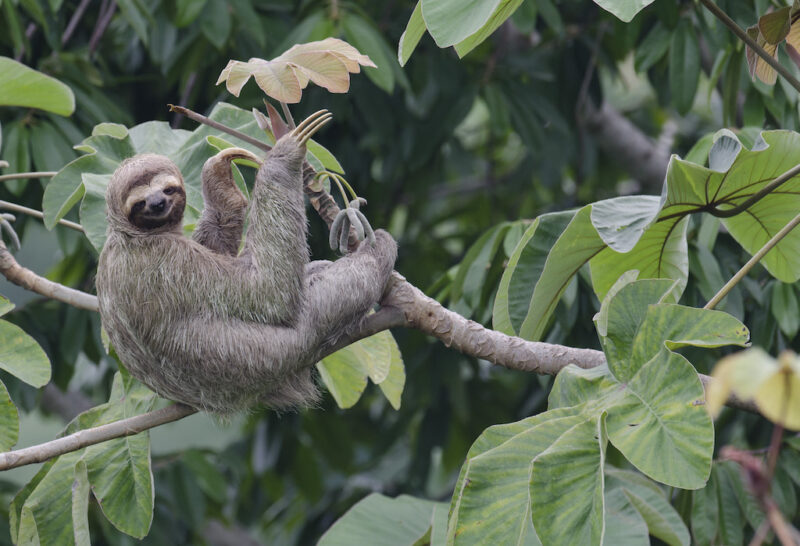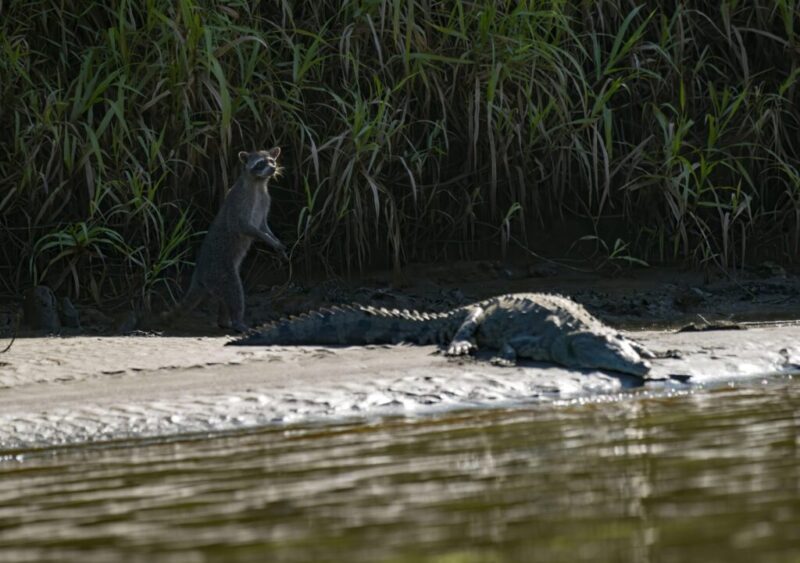Great American Interchange and its impact on Costa Rica


In what is now Costa Rica, animals from South and North America met during the Great American Biotic Interchange Known as the event in which land and freshwater fauna migrated from North America via Central America to South America and vice versa, as the volcanic Isthmus of Panama rose up from the sea floor and bridged the formerly separated continents three millions years ago. Before this event Central and South America had been isolated for tens of millions of years as an island continent.
The migration of fauna created by the connection of the two continents changed the composition of animal communities on both continents.
The earlier Central American fauna, which was originally made up of temperate, dry-land species from North America, such as coyotes and white-tailed deer, which remain dominant in the Guanacaste region (the white-tailed deer is the national animal of Costa Rica) has been changed during the years as climates grew wetter and rainforests expanded from the Amazon Basin into Central America. Due to the later invasion from the South earlier Central American fauna has been changed too.

However, as a result this mass migration gave Costa Rica an extremely high biodiversity. Animals from both sides have found a balance. Unique species found nowhere else on the planet have evolved in several identifiable areas of Costa Rica since then. This core areas with clusters of species restricted to a particular area are known as areas of endemism. Seven such areas exist in Costa Rica, which is a greater number than in any other region of comparable size on Earth and of a special interest to biologists.
